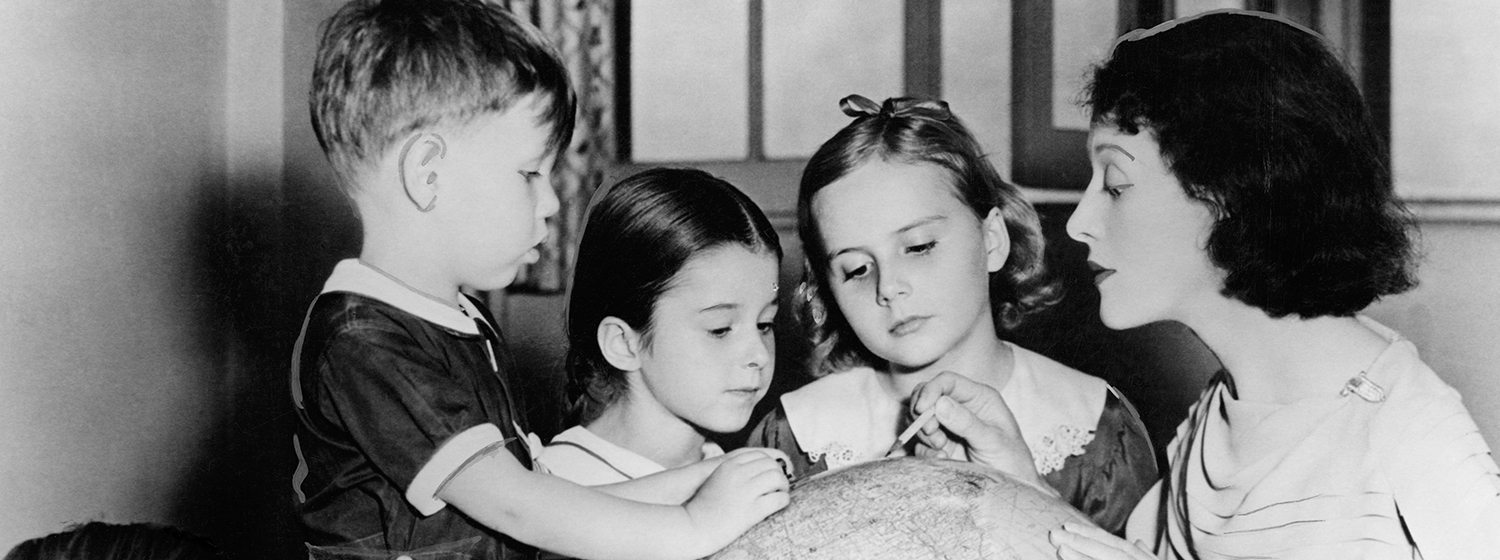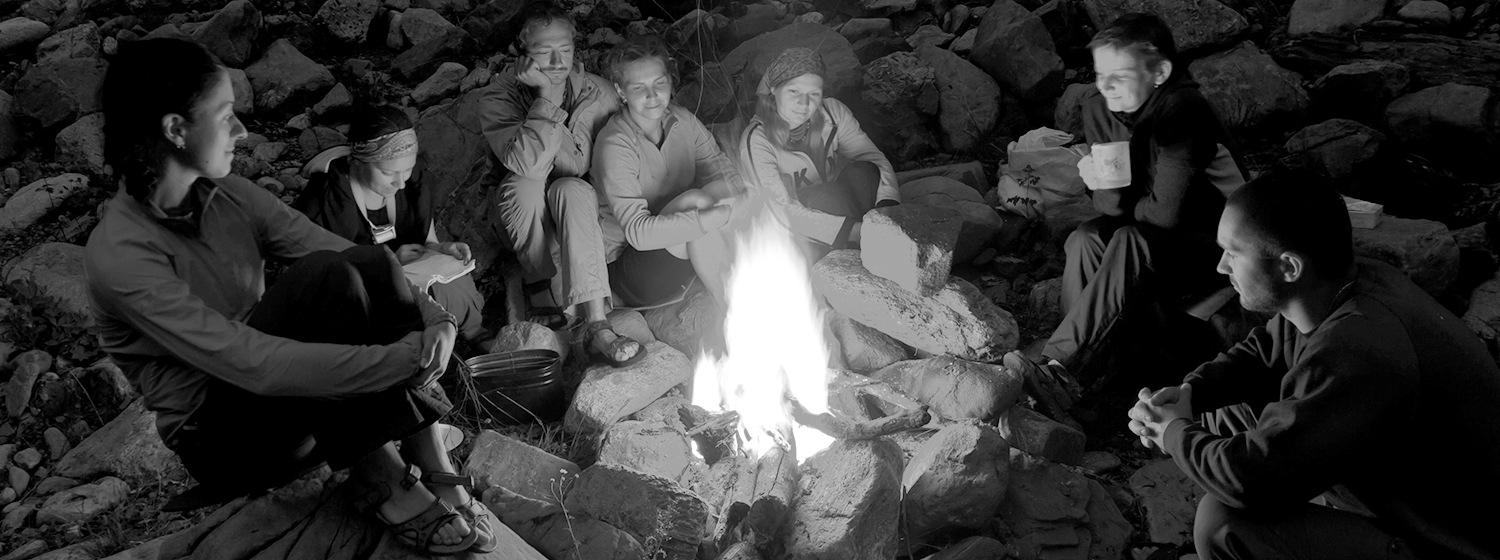Tap into the Power of Human Connectivity to Attract Long-Term Members
In their book The Blue Zones, authors Gianni Pes and Michel Poulain identified regions of the world where people live exceptionally long lives, many over 100 years. Not only are people living longer in these regions; they have fewer illnesses and enjoy more quality years of life. Once the authors narrowed down these “longevity hotspots”—from Japan to California—they looked for common characteristics that contributed to people’s long lives. They discovered just six key factors, one which was social engagement.
Hardwired to Connect
From our early origins, human beings have been herd animals, wandering in groups before eventually creating settlements and cities. Congregating kept us safe from predators, starvation, and the elements. Even with these ancient pressures long gone, we still feel the need to gather today—in churches, in stadiums, in book clubs, at sci-fi conventions, and in member organizations. We need to belong. And, according to the The Blue Zones, we’re better for it.
Among many benefits, including health and happiness, being part of a group makes us feel secure and more likely to show our true colors, thus facilitating even deeper, more meaningful connections with others. Vulnerability researcher Brené Brown put it this way: “Those who have a strong sense of love and belonging have the courage to be imperfect.”
Belonging Hypothesis
Psychologists Roy Baumeister and Mark Leary developed a “belonging hypothesis” that suggests humans are hardwired to form bonds and are reluctant to break them. That means once you hook a member, you’re likely to keep them. The psychologists also pointed out that people prefer a few close relationships rather than many casual friendships. You must prove your value to members or they won’t have room for you in their circle.
Baumeister and Leary suggest two criteria for developing a sense of belonging:
- frequent, positive interactions with the same individuals
- engaging in these interactions within a framework of long-term, stable care and concern
Note that frequency alone isn’t enough to draw people in. Interaction with your members must be positive, and you must exhibit stability and genuine concern for their interests (not just furthering your own). If you’re pumping out regular e-blasts without considering the needs of your base, people won’t feel connected to you. They won’t let you in their loop and they won’t join yours.
Inspiring Connectivity
Our need to belong and connect is one reason member organizations exist. You offer security, support, and concern for people who are looking for those same things. People thrive in groups—but not just any group. That’s where inspiration comes in. Tell your stories, resonate with audience worldviews, draw people to you, and you’ll build positive, beneficial connections that last for years and years.
Share this post in LinkedIn:
NOT ANOTHER SNOOZELETTER.
SIGN UP. BE INSPIRED.






